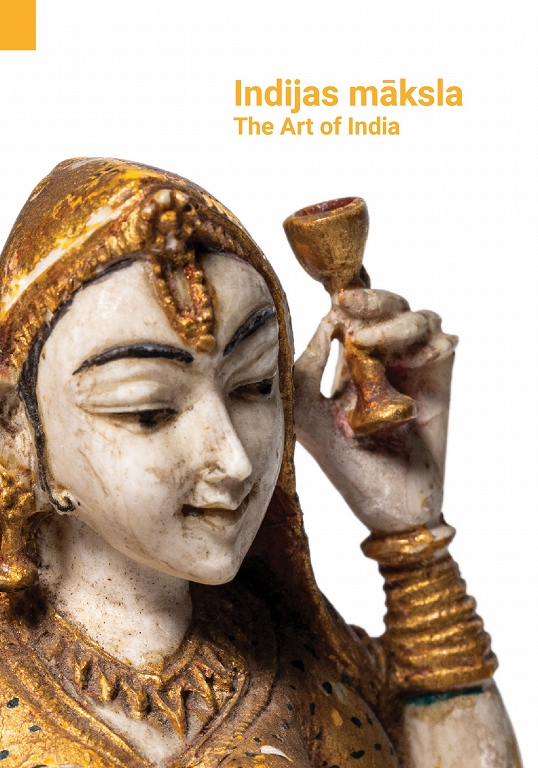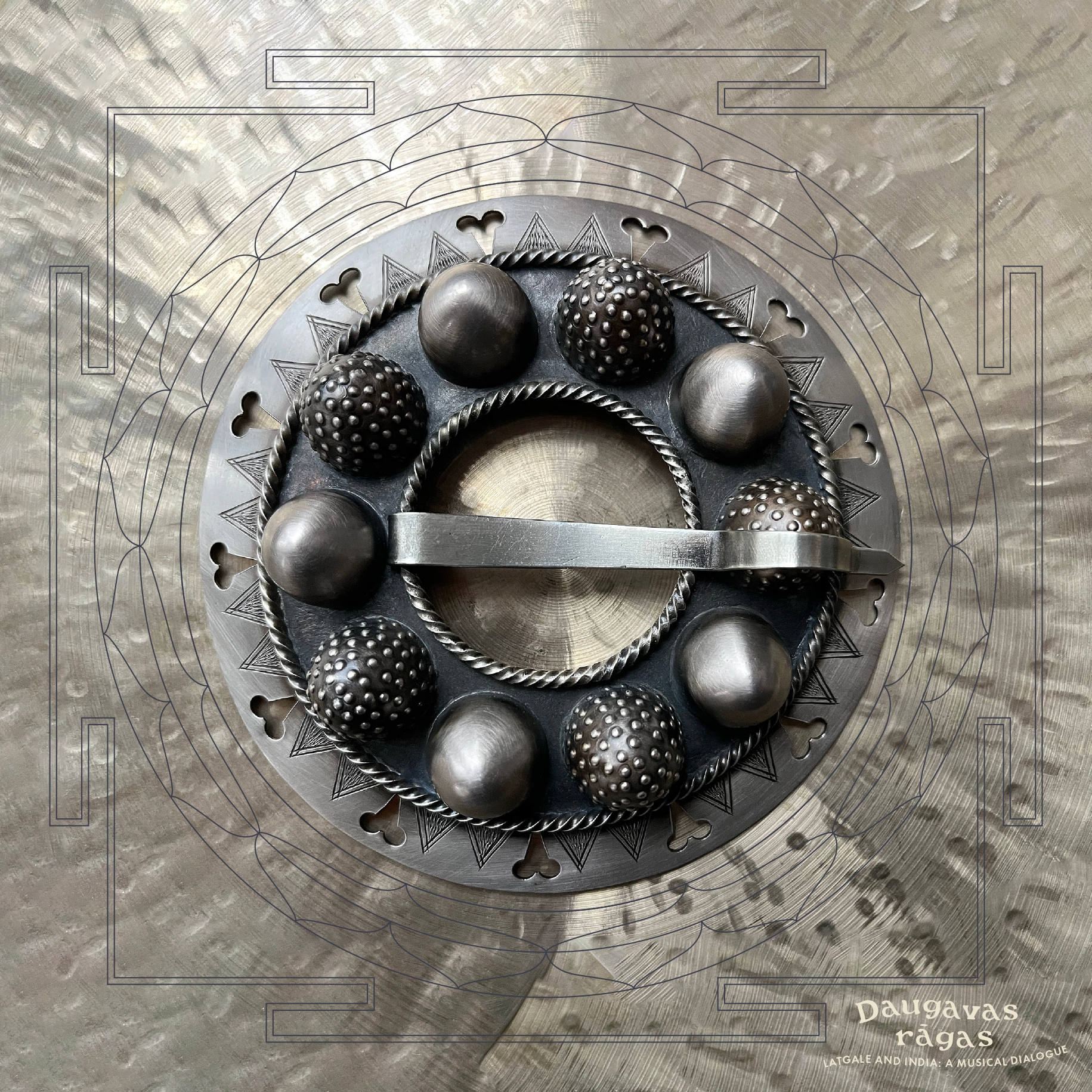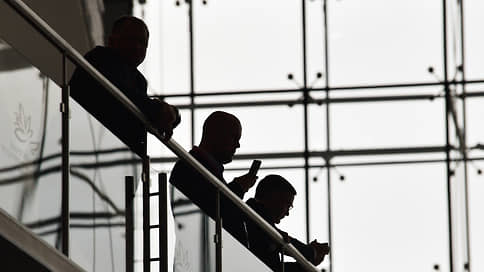Art Museum Riga Stock Exchange publishes a book / day dedicated to Indian art

The collection of the Latvian National Museum of Art has the largest collection of Asian art in Latvia and one of the largest cultures of India, Japan, China and Southeast Asia in the Baltic States. The first Book of Expenditure on the Asian Collection looks at the Indian Art Collection, the new permanent exhibition of the Museum of Art Riga Stock Exchange The Asian Art Gallery was opened in the fall of 2024.
Edition Indian Art in the collection of the Latvian National Museum of Art The story of the rituals and everyday objects in the museum’s collection, explaining their importance in Indian culture, highlighting the widest represented making techniques and marking the most important works of the collection.
More than 500 Indian material cultural objects are stored at the Latvian National Museum of Art. Each of them is a work of art with its own sophisticated ornament, motifs, symbols, storyline and design. Indian civilization has a multi -layered history that goes on a five -thousand year past. This has a variety of ethnic, cultural, language, religions, art and generations of craft skills.
In the course of the collection, the museum has identified the history of the collection, reviewed the terminology related to Indian art and, in cooperation with the Indian research organization Eka Archiving Services (News) has made a complete contextualization of the collection. The items are now visible in respect of the viewpoint of their origin, avoiding the repetition of colonialism ideas and the view of artifacts in the light of otherwise.
In the future, it is planned to supplement the book series with reviews of Southeast Asia, Japan and China, as well as to devote certain editions to a prominent artist or art phenomenon.
The book was created with the financial support of the State Culture Capital Foundation.




/s3/static.nrc.nl/images/gn4/data133016143-1373e5.jpg)


